×
Il semble que vous utilisiez une version obsolète de internet explorer. Internet explorer n'est plus supporté par Microsoft depuis fin 2015. Nous vous invitons à utiliser un navigateur plus récent tel que Firefox, Google Chrome ou Microsoft Edge.

Devenez membre d'Incathlab et bénéficiez d'un accès complet !
Vous devez être membre pour accéder aux vidéos Incathlab sans limitation. Inscrivez vous gratuitement en moins d'une minute et accédez à tous les services Incathlab ! Vous avez aussi la possibilité de vous connecter directement avec votre compte facebook ou twitter en cliquant sur login en haut à droite du site.
Inscription Connexion
Inscription Connexion
This didactic procedure concerns a 77 years old Women with diabetes , HBP, Dyslipidemia , presenting infra abdominal and lower limbs resting pain and bilateral trophic ulcers , due to distal abdominal aortic calcified occlusion . After multimodality assessment of lesions, she has undergone percutaneous abdominal aortic angioplasty and stenting with good final result.
Step-by-step procedure: How to deal with symptomatic Abdominal Aortic calcified occlusion
Educational objectives
- How to manage patients with lower limbs resting pain and abdominal Aortic occlusion
- Multimodality assessment of aortic occlusion before the intervention
- How to plan access, procedural steps, and selection of devices
- How to preserve renal artery and mesenteric artery during distal abdominal aortic occlusion
- How to prepare for stenting by Intra-Vascular Lithotripsy
1) Access sites:
- Brachial access : 6 French access using micro puncture system (COOK)
- Femoral access: 7 French access using micro puncture system (COOK)
- Heparin administration
2) Abdominal Aorta catheterization:
- Continuous flushing of the guiding catheter while introducing guidewire
- Advance softly an 6 Fr JR 4 guiding catheter to the descending aorta over a J 3 0.035’’ GUIDEWIRE
- Advance the 0.035” Guidewire towards the top of the aorta occlusion
- Advancing 70 cm 6F Braided SHEATH (Cook Flexor ® )
3) Crossing Aortic occlusion :
- With the support of the 6F catheter and a stiff angulated guidewire “0.018” Halberd wire Asahi®.
4) Pre-dilatation of the lesion with 6 x 80 mm Sterling balloon BSC
5) IVL Dilatation of the lesion with SHOCKWAVE balloon 8 mm x6cm , inflated to 4 ATM
6) Femoral retrograde recrossing of the aortic lesion using 0035’’ guidewire Advantage Terumo ® and BERENSTEIN 6F Catheter MERIT MEDICAL ®
7) Switching to Femoral introducer Sheath 12F , 45 cm Cook Flexor ®
8) Stenting
- Select the precise spot of stent deployment , in order to preserve collaterals . Control by brachial introducer
- Deployment of 14 x 49 mm Stent BeGraft Peripheral BENTLEY ® inflated to 5 ATM (two times)
- Control post stenting result , renal artery and mesenteric artery preserved
- Verify if there is any dissection or Rupture
9) Final angiographic control: ( 2 views Frontal & Lateral)
10) Vascular femoral closure with an 8 Fr Angio-Seal™
11) Medical adjunctive treatments
- Pre-procedural: Heparin , propofol and midazolam.
- Post procedural : double therapy: Aspirin 75mg o.d. + Clopidogrel 75mg o.d for one month
- After one month : Stop Clopidogrel and continue Aspirin 75mg
Bibliography
Date du tournage : 30/03/2023
Dernière mise à jour : 11/07/2023
Dernière mise à jour : 11/07/2023
Our Cases of the Month
The case of the month is a new way for our users to watch, learn, and share with incathlab. They can watch a video that highlights an innovative case and uses excellent pedagogical techniques, lear...
Partager
Participer à la discussion
Suggestions
Discover your Monthly Case
Honolulu : Dimanche 17 septembre 2023 de 21h07 à 21h07 (GMT+2)
San Francisco : Lundi 18 septembre 2023 de 00h07 à 00h07 (GMT+2)
New York : Lundi 18 septembre 2023 de 03h07 à 03h07 (GMT+2)
Buenos Aires : Lundi 18 septembre 2023 de 04h07 à 04h07 (GMT+2)
Reykjavik : Lundi 18 septembre 2023 de 07h07 à 07h07 (GMT+2)
London / Dublin : Lundi 18 septembre 2023 de 08h07 à 08h07 (GMT+2)
Paris / Berlin : Lundi 18 septembre 2023 de 09h07 à 09h07 (GMT+2)
Istanbul : Lundi 18 septembre 2023 de 10h07 à 10h07 (GMT+2)
Moscou / Dubaï : Lundi 18 septembre 2023 de 11h07 à 11h07 (GMT+2)
Bangkok : Lundi 18 septembre 2023 de 14h07 à 14h07 (GMT+2)
Shanghai : Lundi 18 septembre 2023 de 15h07 à 15h07 (GMT+2)
Tokyo : Lundi 18 septembre 2023 de 16h07 à 16h07 (GMT+2)
Sydney : Lundi 18 septembre 2023 de 18h07 à 18h07 (GMT+2)
Wellington : Lundi 18 septembre 2023 de 20h07 à 20h07 (GMT+2)
San Francisco : Lundi 18 septembre 2023 de 00h07 à 00h07 (GMT+2)
New York : Lundi 18 septembre 2023 de 03h07 à 03h07 (GMT+2)
Buenos Aires : Lundi 18 septembre 2023 de 04h07 à 04h07 (GMT+2)
Reykjavik : Lundi 18 septembre 2023 de 07h07 à 07h07 (GMT+2)
London / Dublin : Lundi 18 septembre 2023 de 08h07 à 08h07 (GMT+2)
Paris / Berlin : Lundi 18 septembre 2023 de 09h07 à 09h07 (GMT+2)
Istanbul : Lundi 18 septembre 2023 de 10h07 à 10h07 (GMT+2)
Moscou / Dubaï : Lundi 18 septembre 2023 de 11h07 à 11h07 (GMT+2)
Bangkok : Lundi 18 septembre 2023 de 14h07 à 14h07 (GMT+2)
Shanghai : Lundi 18 septembre 2023 de 15h07 à 15h07 (GMT+2)
Tokyo : Lundi 18 septembre 2023 de 16h07 à 16h07 (GMT+2)
Sydney : Lundi 18 septembre 2023 de 18h07 à 18h07 (GMT+2)
Wellington : Lundi 18 septembre 2023 de 20h07 à 20h07 (GMT+2)
Complex multivascular patient with occluded brachiocephalic trunk
Case of the month: September 2023
Partager
Percutaneous EndoVascular Aortic Repair (PEVAR) with low profile endovascular graft
Case of the month: August 2017
Partager
Stenting of obstructive right femoro-iliac post-thrombotic lesions
Case of the month: January 2020
Partager
Nothing Left behind Strategy: Long SFA lesion, Directional atherectomy & DCB
Case of the month: December 2018
Partager
Very complex Mid RCA occlusion
Retrograde in 1st intention and Antegrade approach for recanalization
Partager
Simultaneous treatment of two coronary artery bifurcations in three vessels disease patient
Dedicated coronary bifurcation stents - Case of the month: May 2018
Partager
Protected Carotid Artery Stenting with a new micromesh carotid stent
Case of the month: November 2022
Partager
Left CAS for ulcerated Carotid stenosis, Difficult femoral access
Case of the month: June 2021
Partager

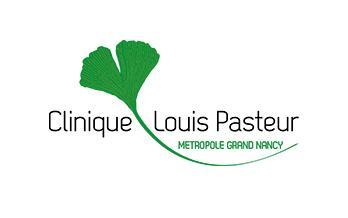
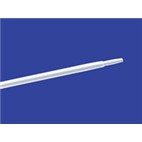
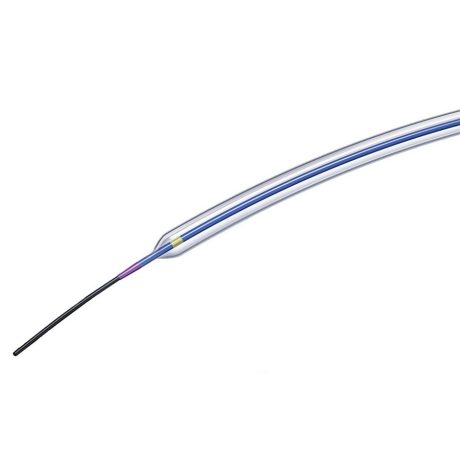
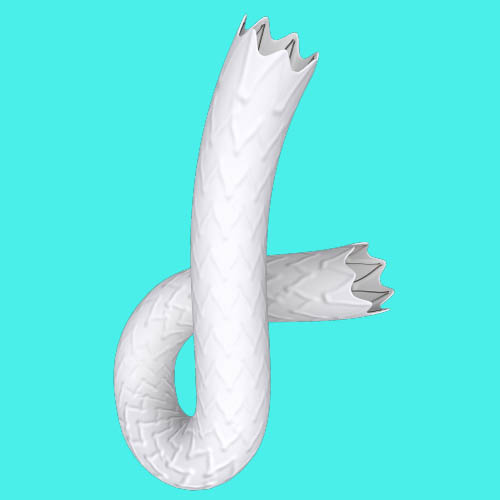
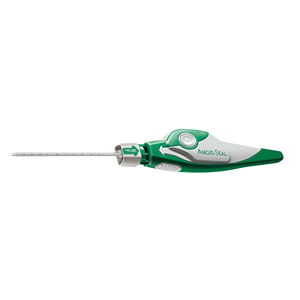
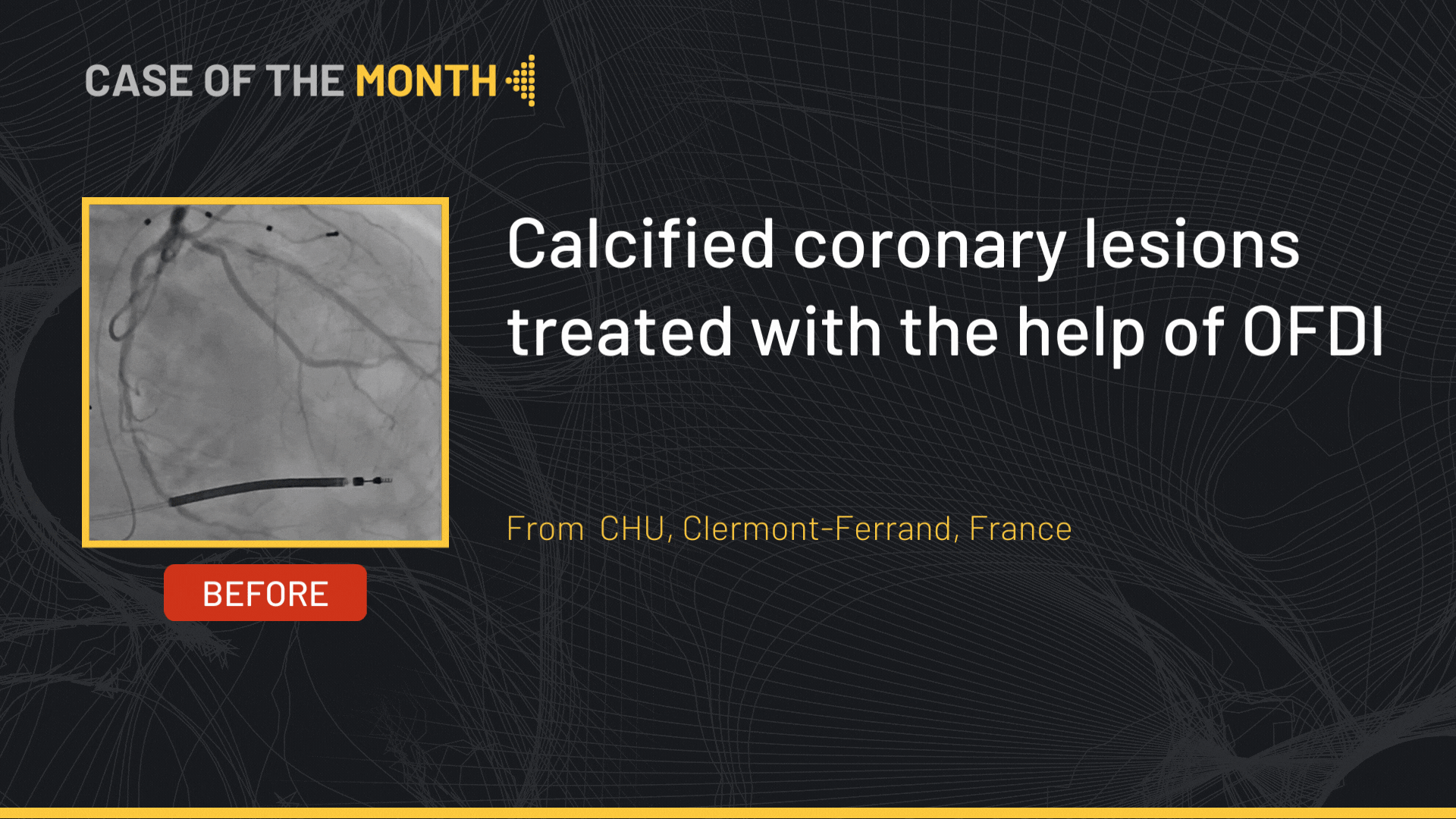
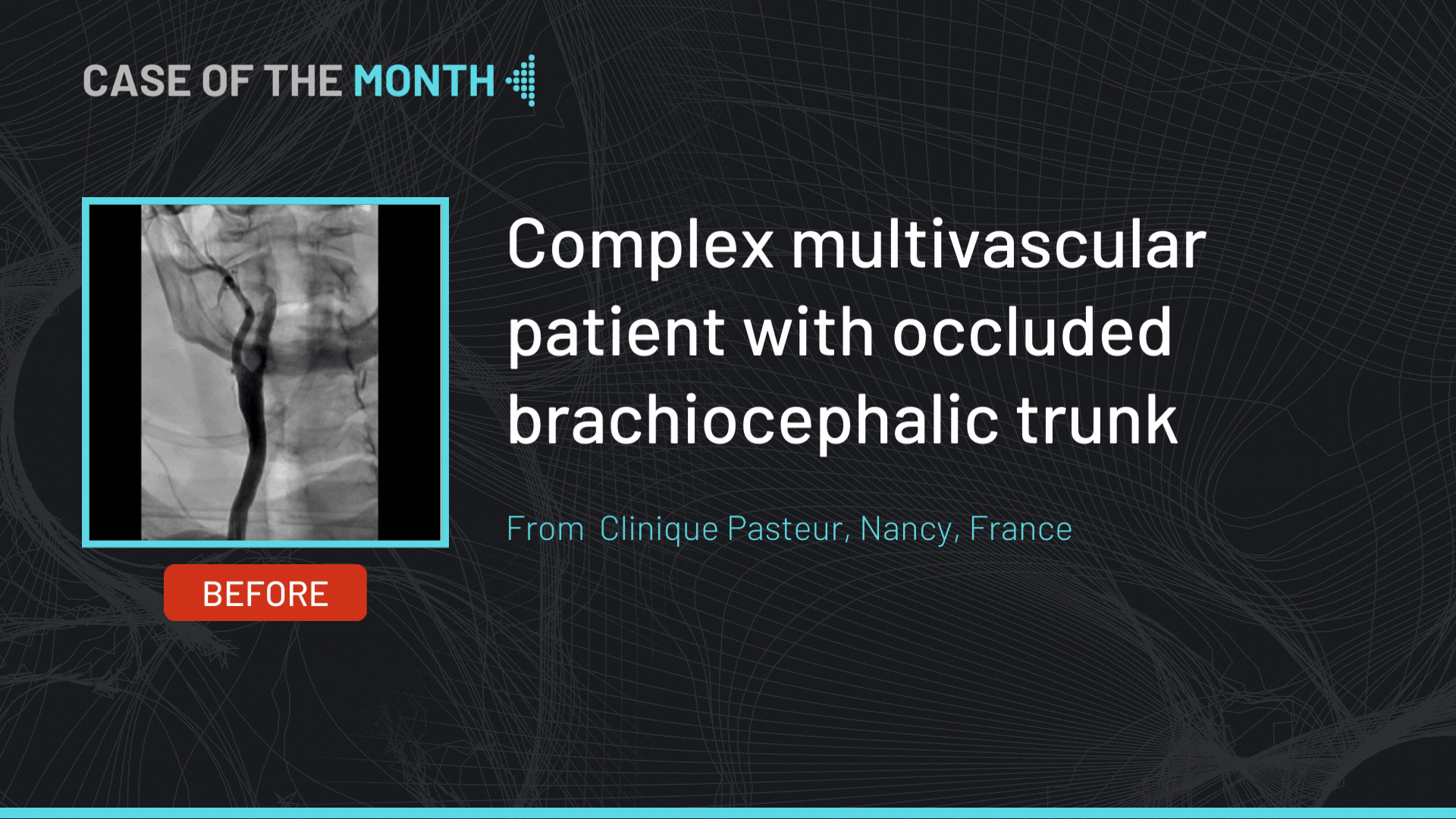
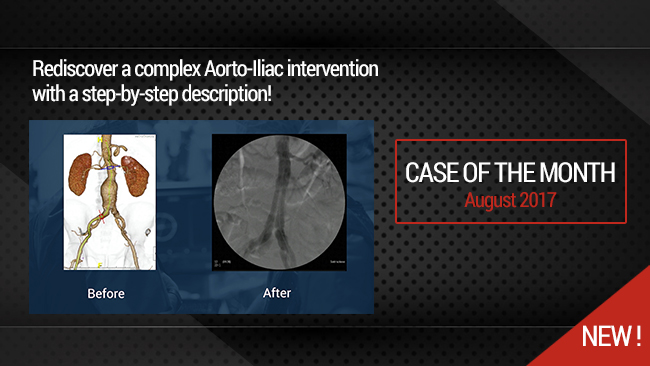
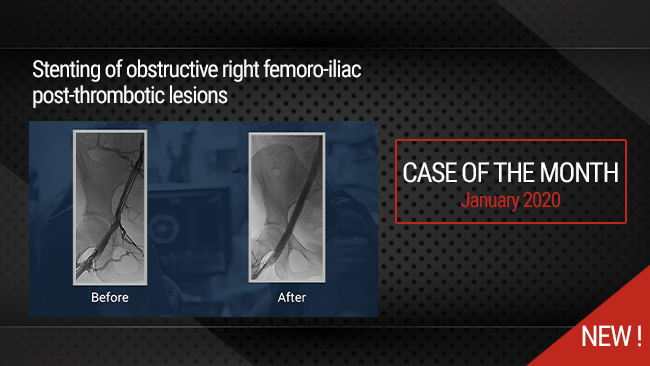
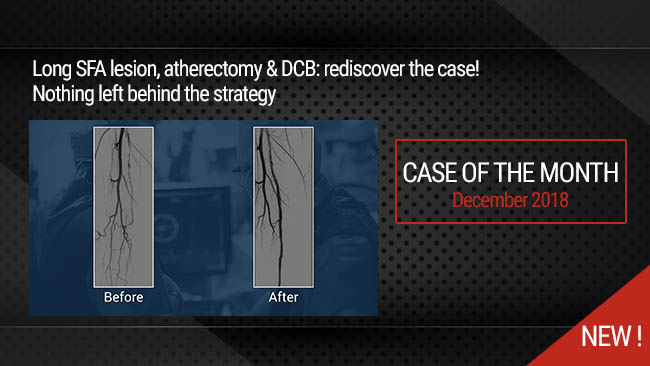
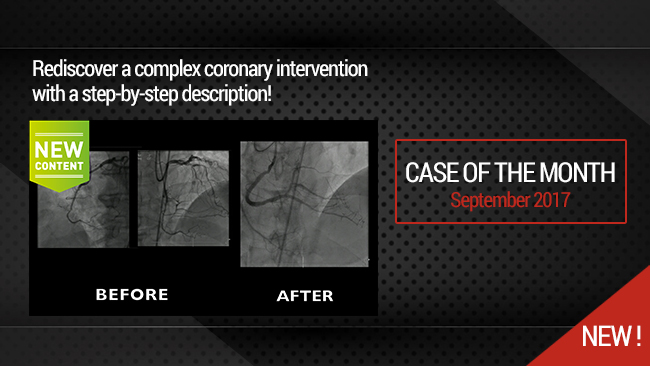
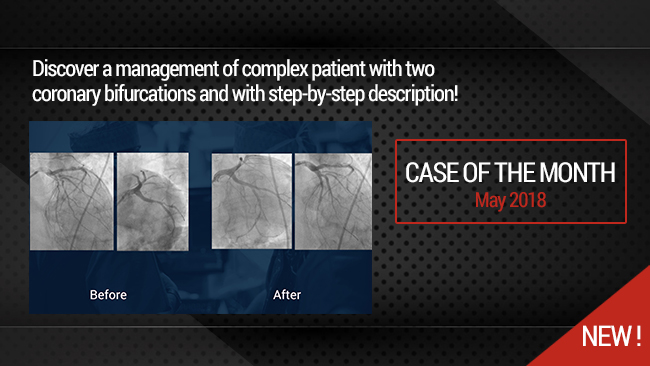
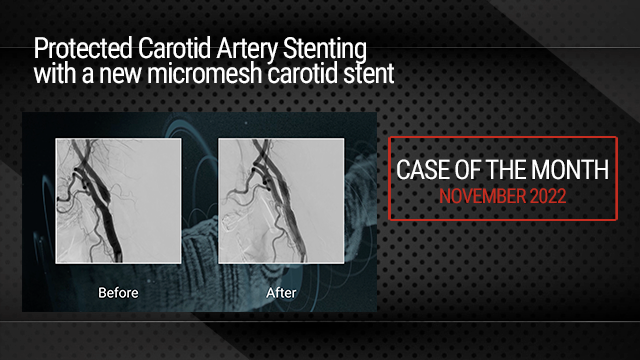
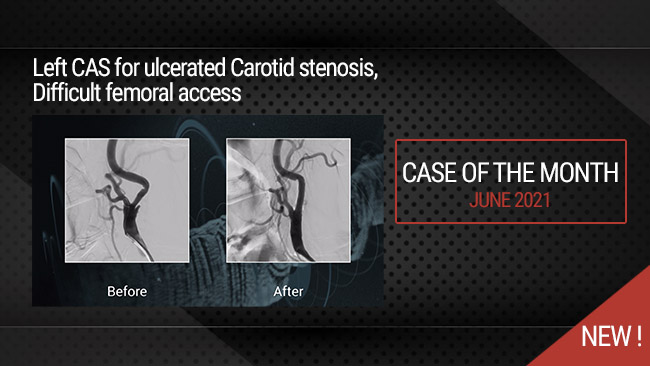
Eli P. Thank you!
Muhanad A. Very nice one